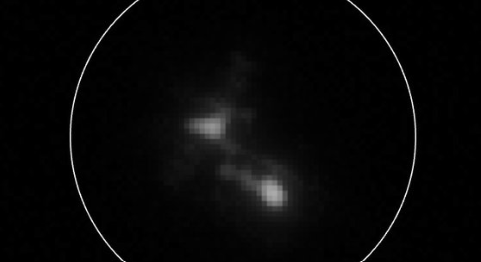China’s experimental reusable spaceplane successfully returned to Earth late Thursday, marking the end of its third orbital mission. State media outlet Xinhua confirmed the spacecraft’s return on September 5 but provided no further details or images of the mission, maintaining the secrecy that has shrouded the project.
China’s secretive reusable spaceplane lands after 267 days in orbit
HELSINKI — China’s experimental reusable spaceplane returned to Earth late Thursday…https://t.co/7cn0wnFPxH— Space Launch Schedule (@SpaceLaunches) September 6, 2024
The spacecraft, which launched on December 14 from the Jiuquan spaceport aboard a Long March 2F rocket, spent 267 days in orbit. This mission closely mirrors its second flight, which lasted 276 days, while its first mission in 2020 was much shorter at only two days. The spaceplane’s success is being seen as a significant step toward advancing China’s reusable spacecraft technologies, which aim to make space exploration more efficient and affordable for peaceful purposes.
China’s spaceplane is thought to be analogous to the U.S. X-37B, a reusable spaceplane used by the U.S. Air Force. Like its American counterpart, the Chinese spacecraft is designed to operate in orbit and return to Earth, making it a key asset for future space operations. Astrophysicist Jonathan McDowell estimated that the spacecraft likely landed in Lop Nur, a remote area in the Xinjiang Autonomous Region of northwestern China, at around 9:10 p.m. Eastern on September 5.
Amateur astronomers had been tracking the spacecraft’s maneuvers in orbit, noting its activities, which suggested preparations for a return to Earth. In July, optical astronomy revealed the spacecraft in orbit, offering rare glimpses of the secretive mission.
A notable feature of this spaceplane’s missions is its rendezvous and proximity operations (RPO), where the spacecraft conducts close maneuvers around an object it releases into orbit. These operations, observed in both the second and third missions, suggest potential applications for satellite retrieval, repair, and maintenance, or possibly even counterspace operations against adversary satellites.
Despite the intrigue surrounding its potential military uses, China continues to maintain that the spacecraft’s missions focus on reusable technology verification and space science experiments. Official reports emphasize that the spacecraft is intended to support the peaceful use of space, though details about its specific capabilities and objectives remain tightly controlled.
The mysterious Chinese spaceplane has been captured by an amateur astrophotographer. #China #technology #space #spaceplane #satellite #BigTech https://t.co/ceKEG5ER6I
— CyberNews (@CyberNews) August 10, 2024
The development of this reusable spacecraft fits within China’s broader strategy to enhance its space capabilities. China is working on a two-stage-to-orbit (TSTO) space transportation system, which would combine this orbital spaceplane with a reusable suborbital first stage. The suborbital component, tested in 2021 and 2022, uses a vertical takeoff and horizontal landing design, contributing to China’s efforts to build a fully reusable space transportation system.
China Aerospace Science and Technology Corporation (CASC), which is leading the development of the spaceplane, has received national funding for the project, demonstrating the country’s commitment to advancing its space exploration infrastructure. The success of these missions not only underscores China’s growing space prowess but also highlights its focus on reusability as a means of achieving more cost-effective and sustainable access to space.
As China continues to refine and advance its reusable spaceplane technology, the time between the spacecraft’s return and its next launch could provide critical insights into how quickly the vehicle can be reused, further shaping the future of China’s space ambitions.
Key Points:
i. China’s experimental reusable spaceplane returned to Earth after a 267-day mission, marking its third successful orbital mission.
ii. The spacecraft launched on December 14 from Jiuquan spaceport and is comparable to the U.S. X-37B spaceplane.
iii. The mission involved rendezvous and proximity operations (RPO), suggesting potential uses for satellite maintenance or counterspace activities.
iv. China has kept details about the spacecraft tightly controlled, stating that it focuses on reusable technology and peaceful space exploration.
v. The spaceplane is part of a broader effort by China to develop reusable space transportation systems, with further missions expected in the future.
TL Holcomb – Reprinted with permission of Whatfinger News

